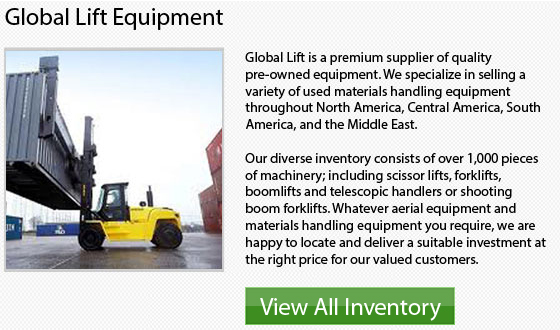
Skills of a Stand Up Forklift Driver
A forklift or a powered industrial truck is a piece of heavy machine found in factories and in warehouses. They are utilized to move and transport bulk things which are very heavy to lift or carry manually. There is some specific training complete in order to be able to safely use a forklift. Most employers prefer a degree in high school. As the forklift is a heavy piece of machine it can be dangerous if not properly handled, thus, the driver's skills are very important.
Good Judgment
The forklift operator has to have good judgment so as to estimate the weight of a load. They have to be able to judge the height and width of the cargo in order to ensure that it would fit in a designed area. It is essential to have proper judgement in order to negotiate tight turns and move the forklift around obstacles in order to be able to capably drive the machinery in reverse.
Concentration and Reflexes
Operator skills which come in handy are good hand-eye coordination and quick reflexes. For example, if a stack of items in a load or a pallet is off balance and about to fall, the driver should be able to respond quickly and try to solve the issue. In order to avoid accidents, a high level of concentration is needed when using and working in the vicinity of these machines.
Adaptability
Amongst the top skills of a lift truck driver is that they need to be adaptable to the work environment. This can be continually changing depending on the job. Some forklift jobs require operators to be exposed to harmful materials, dangerous machinery, fumes, odors or loud noises. Work surroundings and warehouses can be very busy places. The forklift driver should be able to keep an eye toward safety and a cool head overall. In addition, a lot of forklift tasks require being outdoors to unload supplies or transport items; therefore, the driver should be ready at the likelihood of working in bad weather.
Machinery Maintenance
Forklift drivers have to understand how heavy mobile machinery works and need to be able and willing to follow directions. Operators should learn how to double check an Occupational Safety and Health Administration safety checklist and be able to make sure that the steering, the horn, the lights, the forks and the brakes, along with other components are functioning at an optimal level.
The operator of the lift truck must also be able to properly maintain the forklift and have to know when something is not functioning properly. An essential part of lift truck truck training is also being able to explain to mechanics about machinery problems.